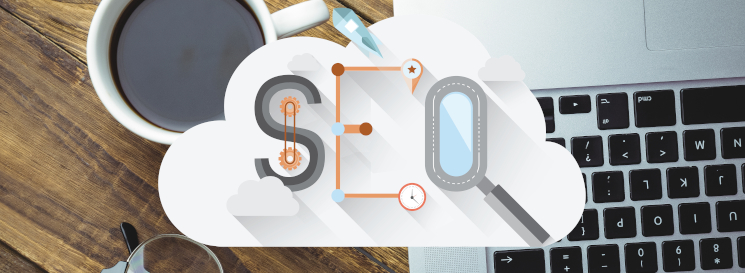SEO (Search Engine Optimization) for imagens refers to the process of
optimizing the images that are on a website, in order to increase the probability of appearing well positioned in
Google Images.
Correct image optimization for
SEO is something that sometimes ends up being neglected. This happens not only because the focus is often only on optimizing in terms of text, but also because when talking about optimization for images, attention is often paid only to the alt text attribute.
However, image SEO is a process that goes beyond defining these attributes.
Why should you invest in SEO for images?Image SEO refers to image optimization for essentially 2 main goals:
1 -
Generate more traffic, improving positioning in Google Images searches and thus attracting more visitors;
2 -
Optimization of the website in general, since through actions such as resizing the size of the image, they improve the speed of the website and the visitor's experience, thus also contributing to an improvement in the positioning in the search results.
How to do SEO for images?As mentioned at the beginning of this article, optimizing images is a more complex process than just writing the alt text. There is a whole set of other actions that must be done, and that can improve your ranking in Google Images.
Image file nameThe file name of the images should be one of the first factors to consider.
Although Google's crawlers can understand texts, they have some limitations in understanding images.
For this reason, it is important to create a name that is descriptive, in order to give Google information about what the image is about.
Consider the following example:
Imagine that you own an online shoe store. On the product page, it's loaded an image of some sneakers, whose name is "IMG788.JPEG". In this example, the filename does not provide any information about the content of the image. On the other hand, loading an image named "red-nike-sneakers.JPEG" provides more information about the file.
Alt textThe
alt text and the image name are two concepts that are sometimes confused, which have very different roles.
The definition of alt tags is one of the most important factors when it comes to image optimization for SEO. The alt text has the function of describing the content of the image.
In addition to "informing" the search engine algorithm about the content of the image, alt text also has the role of helping visually impaired users to decipher that same content, and is also displayed when, for some reason, users aren't able to load the image (this descriptive text appears in the place of the image).
For this reason, when creating an alt text for your image, it is important that it is as descriptive as possible, including relevant
keywords if possible.
Image SizeAnother aspect to consider when we talk about SEO for images is the size of the image.
This factor has a big influence on the website loading speed. That is, the larger and "heavier" the images, the longer is the page load time. In terms of organic positioning, this means that the faster the page loads, the better your position in search results, and vice versa.
For this reason, it is important that before uploading images to your website, you resize them to the display size. Imagine that the image display size on your website is 745px wide, and you have a 2500px image. Before inserting it on your website, you should resize it to the 745px you need, thus making it lighter, improving page loading time.
Image FormatIn order to improve the positioning of your images, it is necessary that they are in a format that is compatible with those accepted by Google:
Although JPEG and PNG formats are the most used for their compression capability, the WebP format has been increasingly used as it offers superior compression without loss of image quality.
Responsive Images
The increase in searches done through mobile devices and the importance of developing a website that is resposive is nothing new. In fact, websites that are not responsive are penalized by Google in search results. The same goes for Google Images.
For this reason, it is important to use responsive images, which adapt proportionally to any size of any screen.
Context
It is important that images are always used within an appropriate context.
This factor is important not only because the Google algorithm uses the paragraphs next to the image to understand its content, but also from the user's perspective, that is, for those who are reading, for example, a blog article, it is important that the images used are framed with the themes to be explaind.
Page Image Position
In addition to the context in which it is inserted, the position of the image on the page is also a factor to consider.
As a rule, the main image is placed at the top of the page, as this is the area that usually receives the most attention from visitors. Regarding the remaining images, they must be distributed in a way that provides the best possible user experience, taking into account that pages with too much text and few images end up capturing less attention form the visitor.
Veja Também:

